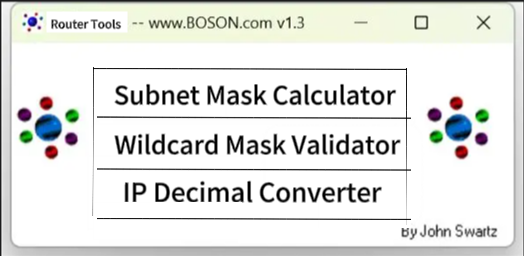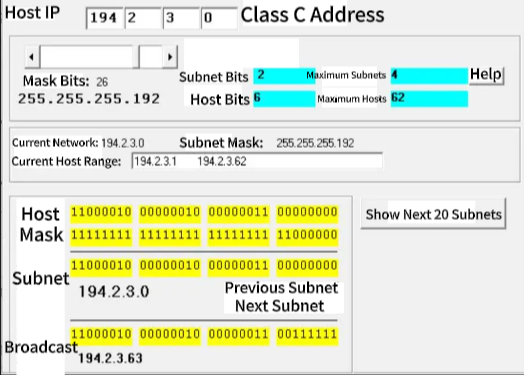Calculating subnet masks until you’re bald? This tool allocates department IPs in 3 seconds!
Good evening, friends!
Today, let’s dive into a skill that gives networking newbies headaches and even trips up seasoned pros—subnetting!
Ever faced these nightmares?
A client yells: ‘This department has 200 people, but your IP plan only allows 100 usable addresses!’
After setup, Finance and Marketing devices can ping each other freely! (Spoiler: Bad subnets!)
Don’t panic! By the end of this guide, you’ll master subnetting and effortlessly assign perfectly sized subnets to every team!
If you want to get more information, scan the QR code below to contact customer service.

1. Variable Length Subnet Masking
Traditional subnetting is like splitting a pizza equally — a 12-inch pizza for 4 people, 3 inches each. But if some are light eaters and others are big eaters, this approach is pure waste!
Core Techniques of VLSM:
Flexible Puzzle Fit
Allocate large address blocks to big departments, and use leftover segments for smaller teams.
Precision Slicing
Cut subnets into custom sizes. For example:
First carve a /25 subnet (126 usable IPs) for 100 users.
Then split a /26 subnet (62 IPs) for a 58-user department.
IP Address Banking
Save unused IP ranges as backups for future expansion.
2. Step-by-Step VLSM Subnetting Guide
Step 1: Prioritize the "Big Eaters" (R&D Dept – 100 users)
Requirements Calculation:
Formula: 2 ^x−2≥100 → x=7 (reserve 7 host bits)
Subnet Mask: 255.255.255.128 (/25)
Address Pool: 194.2.3.1 – 194.2.3.126 (126 usable IPs, perfect for 100 users!)
Pro Tip: Immediately mark this range as used to avoid overlaps in later steps.
Step 2: Mid-Sized Subnet (Project Dept – 58 users)
Precision Slicing:
Formula: 2^ 6−2=62≥58 → /26 subnet mask
Address Pool: 194.2.3.129 – 194.2.3.190 (62 IPs, fits 58 users snugly).
Step 3 & 4: Small Departments (Marketing + Finance)
Leftover Utilization: Divide remaining space into /27 subnets:
Marketing Dept:Address Pool: 194.2.3.193 – 194.2.3.222 (30 IPs)
Finance Dept:Address Pool: 194.2.3.225 – 194.2.3.254 (30 IPs)

3. Beginners: Start Here!
Order is critical: Always start with the largest subnet first! Fragmenting smaller subnets early starves larger departments.
Subnet mask direction matters: Borrow bits to the right for network portions.
Tool Survival Guide: Use a subnet mask calculator to avoid errors!

Enter the host IP, and let the calculator do the work for you!

For more networking resources, follow the Facebook account&youtube account: Thinkmo Dumps


